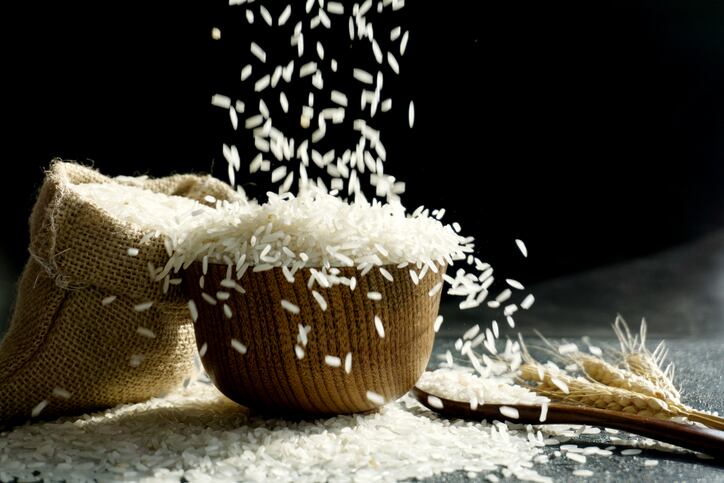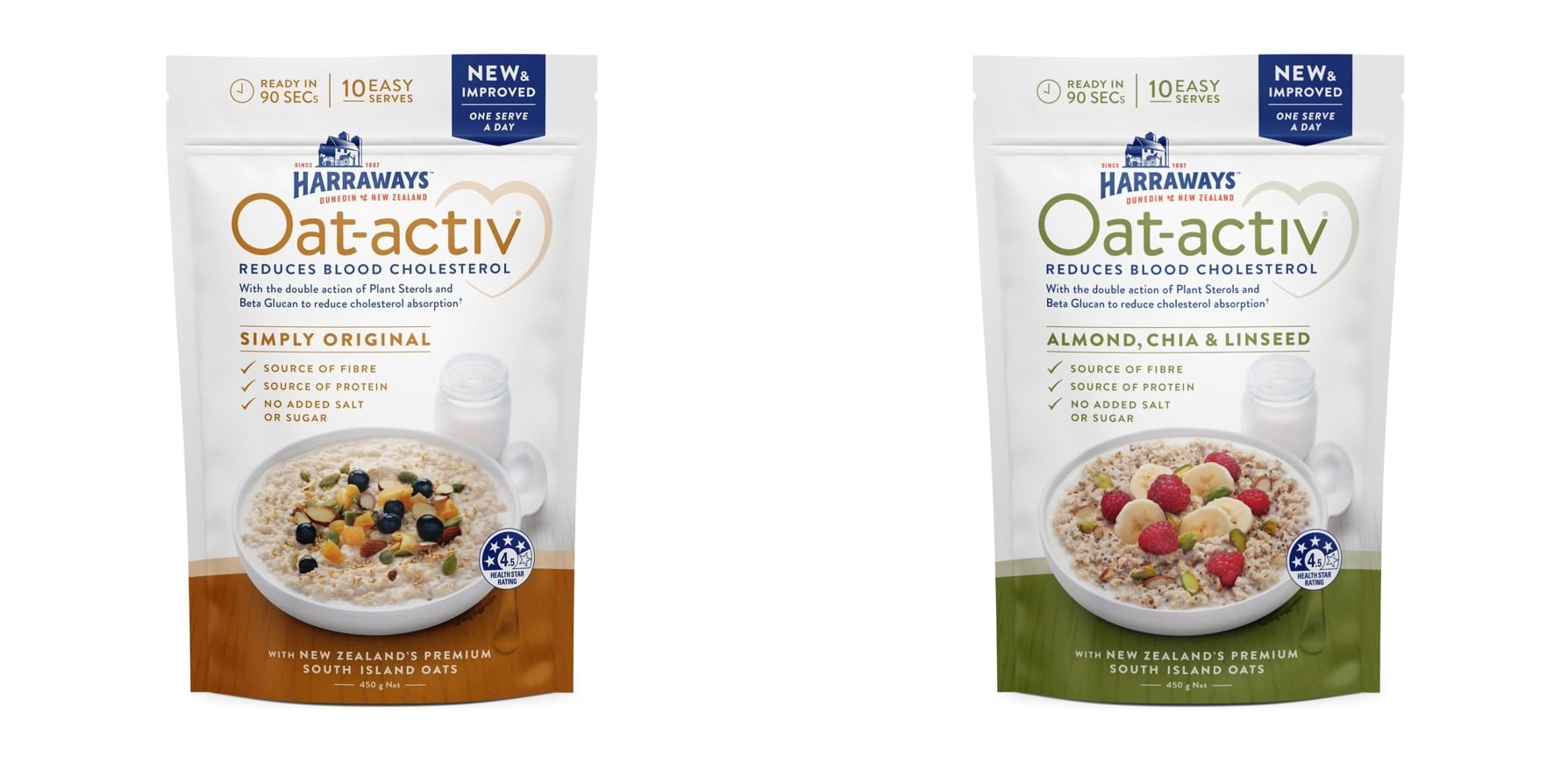In an article published in Rice Improvement, researchers from various rice and agricultural research institutes in the Philippines, Vietnam, Bangladesh and Myanmar studied the initial success of the first set of high-zinc rice varieties in Asian countries faced with zinc deficiency problems.
Rice is a major staple crop in Asia, and biofortification of rice through breeding is a cost-effective and sustainable strategy to solve micronutrient malnutrition such as zinc deficiency.
Zinc deficiency is one of the major causes of child mortality worldwide, and zinc-deficient children are prone to diarrhoea, respiratory ailments, poor cognitive function, and stunting.
It is estimated that two billion people worldwide suffer from zinc deficiency-related health consequences and most of them are resource-poor urban and rural dwellers. In particular, children, pregnant and lactating women require more zinc.
So biofortification of rice has become an accessible and affordable method for tackling malnutrition.
According to HarvestPlus, a programme dedicated to end hidden hunger through nutrient-rich foods, cultivated rice varieties could contain up to 16 μg/g of zinc, compared to 8 μg/g in raw milled rice, meaning it could reach the amount equivalent to 30% of the Estimated Average Requirement per day, enough to help overcome zinc deficiency-induced health risks.
So far, the International Rice Research Institute (IRRI) and its national partners have released 10 high-zinc rice varieties for commercial cultivation in Bangladesh, India, the Philippines, and Indonesia.
This is part of its plan to release high zinc rice varieties in three phases. The first set of varieties now cultivated in Asia will have an additional zinc content of 6 to 8 μg/g, the second wave of varieties will have 8 to 12 μg/g, while the third wave will have 12 μg/g of additional grain zinc.
Traceability and product control
While there is some initial success in developing and releasing zinc-biofortified rice varieties for the target countries, researchers said quality control was key in ensuring successful and sustainable adoption and consumption of these biofortified rice.
According to them, zinc content in rice is an invisible nutritional trait and no morphological indicators differentiate zinc-biofortified rice from market rice.
“Maintaining the product integrity of high-Zn rice throughout the value chain is an important component of successful zinc biofortification programs,
“Close monitoring, supervision, and quality control are necessary with proper certification, labeling, branding, and tracing of the product,” they said.
For instance, development of zinc product-specific molecular marker-based fingerprints and rapid qualitative biochemical marker kits can help trace zinc-biofortified rice.
Blockchain technology is currently being used in the large-scale dissemination of nutritious crops to ensure quality control and to deliver the right products to consumers, and can be applied to zinc rice.
“An efficient rice value chain for zinc-biofortified varieties, quality control, and promotion are essential for successful adoption and consumption.”
Next gen rice
Efforts have also begun to mainstream zinc rice to ensure that the zinc trait becomes an integral part of future varieties.
Research in breeding the next-generation high zinc rice varieties with higher zinc content, stacking of multiple nutrients, as well as good grain quality and acceptable agronomic traits can be fast-tracked with the use of advanced genomics technologies.
“Efforts to develop rice varieties with high zinc, high iron, selenium, vitamin A, proteins, amino acids, should be given a priority,
It will also be interesting to combine high nutrient content with traits beneficial to health, such as low glycemic index, antioxidants, and resistance starch,” according to researchers.
They added that safety would be another concern, and research should focus on ways to reduce the amount of harmful elements such as arsenic and cadmium commonly found in rice.
“The increase in demand for rice varieties with improved grain quality and nutrition means that a suite of rice varieties with different combinations of traits targeted to different regions should be developed.”
“Healthier rice has a large demand from all stakeholders, so we need to keep up the pace of developing nutritious rice to meet the demand and to achieve nutritional security.”
Source: Rice Improvement
https://doi.org/10.1007/978-3-030-66530-2_13
“Zinc-Biofortified Rice: A Sustainable Food-Based Product for Fighting Zinc Malnutrition”
Authors: Mark Ian C. Calayugan, et al.




